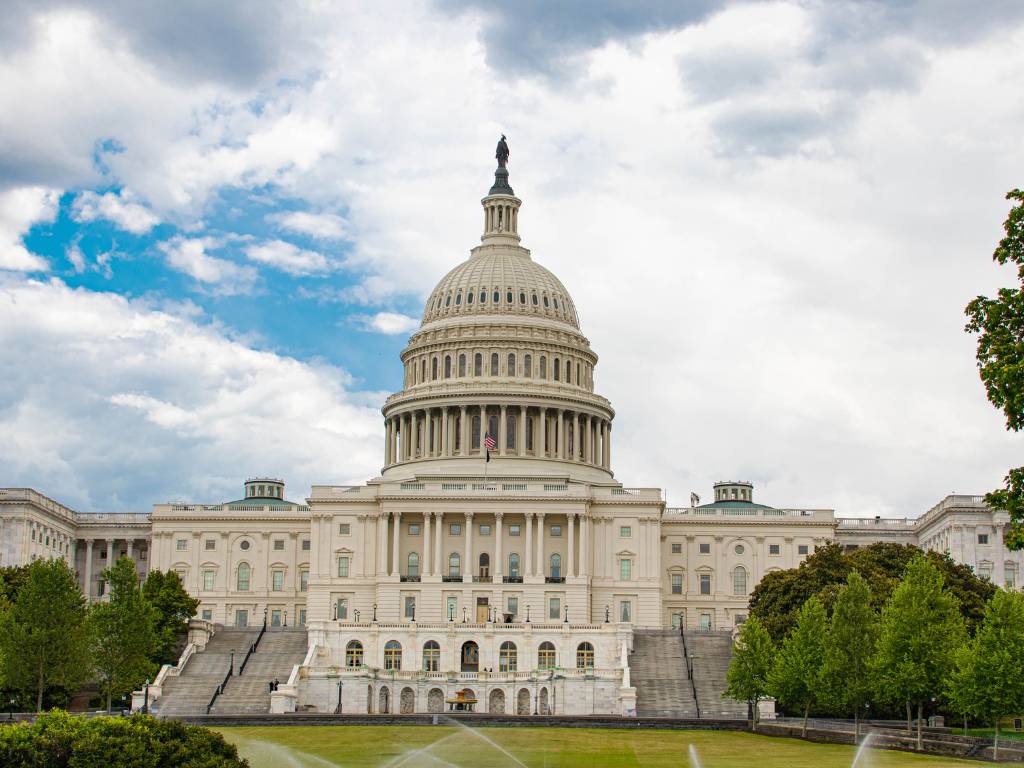Every federal proposal begins with one crucial step: understanding the solicitation. Requests for Proposals (RFPs), Requests for Quotes (RFQs), and other government solicitations define the rules of competition. They contain instructions, evaluation criteria, and contract requirements that will determine who wins. Yet many contractors fail to conduct thorough government solicitation analysis, resulting in missed requirements, weak responses, and disqualified bids.
By applying a structured analysis process, organizations can identify key requirements, assess risks, and align capture strategies before drafting begins.
What Is Government Solicitation Analysis?
Government solicitation analysis is the systematic review of solicitation documents to extract requirements, evaluation criteria, and submission instructions. It goes beyond simply reading the RFP; it involves dissecting the solicitation to understand exactly how the agency will evaluate proposals.
This process typically focuses on:
- Section C: Statement of Work (SOW).
- Section L: Instructions to Offerors.
- Section M: Evaluation Factors.
- Attachments, amendments, and referenced regulations.
The goal is to translate lengthy, complex solicitations into actionable guidance for the proposal team.
Why Government Solicitation Analysis Matters
The benefits of strong government solicitation analysis are clear:
- Ensures Compliance – Prevents disqualification due to overlooked instructions.
- Guides Proposal Strategy – Aligns content with evaluation factors.
- Identifies Risks Early – Uncovers hidden requirements or resource gaps.
- Improves Resource Allocation – Helps leadership make informed bid/no-bid decisions.
- Strengthens Win Probability – Produces proposals that directly mirror agency priorities.
Without this step, proposals often lack alignment and persuasiveness.
Steps for Effective Analysis
- Initial Review – Skim the document to identify scope, deadlines, and submission format.
- Detailed Requirement Extraction – Highlight every “shall” or “must” statement and add it to a compliance matrix.
- Evaluation Mapping – Connect Section L instructions with Section M scoring criteria.
- Identify Risks and Gaps – Flag areas requiring additional resources, clearances, or subcontractor support.
- Assign Responsibilities – Allocate each requirement to proposal writers and subject matter experts.
- Ongoing Validation – Update the matrix as amendments or Q&A responses are released.
Best Practices in Solicitation Analysis
- Start Early – Don’t wait until the writing phase to dissect requirements.
- Use Cross-Functional Teams – Involve capture managers, compliance officers, and SMEs.
- Leverage Technology – Use software tools to identify key terms and track compliance.
- Document Assumptions – Clarify ambiguous instructions early with the contracting officer.
- Update Continuously – Treat the analysis as a living document through the proposal lifecycle.
Common Mistakes to Avoid
- Overlooking Attachments – Key requirements often hide in appendices or referenced documents.
- Focusing Only on Section C – Ignoring Section L and Section M weakens compliance.
- Not Reviewing Amendments – Late updates can drastically change instructions.
- Assigning Too Narrowly – Relying on one individual risks oversights.
- Failing to Link to Strategy – Analysis without strategy integration limits value.
The Role of Technology in Analysis
Modern tools improve government solicitation analysis by:
- Automating requirement extraction.
- Enabling searchable databases for compliance tracking.
- Supporting collaboration across distributed teams.
- Reducing manual errors in compliance matrices.
Still, human judgment remains essential—technology accelerates the process but cannot replace strategic interpretation.
How Analysis Impacts Proposal Success

A disciplined approach to government solicitation analysis influences the entire proposal lifecycle:
- Capture teams use analysis to shape early strategy.
- Proposal managers apply it to build compliance matrices.
- Writers follow it to align with evaluator criteria.
- Review teams use it to validate accuracy and compliance.
Ultimately, strong analysis results in proposals that are clearer, more persuasive, and more likely to win.
Conclusion
Federal proposals live or die by compliance. Government solicitation analysis ensures that every requirement is identified, mapped, and addressed, giving contractors a disciplined roadmap to follow. By investing time upfront to dissect solicitations, organizations reduce risk, strengthen proposal quality, and improve their probability of win.
For expert guidance on building effective solicitation analysis processes, contact Hinz Consulting. To access current opportunities requiring careful analysis, visit SAM.gov.
